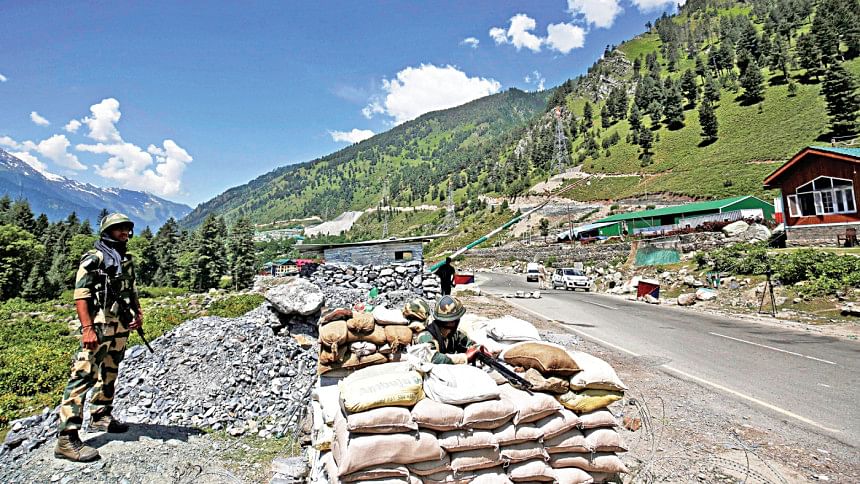Plan devised to ease tensions

India and China are formulating a plan that involves creating no-patrol zones, pulling back tanks and artillery, and using drones to verify the withdrawal, as the nuclear-armed Asian rivals seek to end a dangerous military standoff in the western Himalayas, Indian officials say.
Tensions have run high since June when at least 20 Indian soldiers were killed after being attacked by Chinese troops using rocks and clubs. Indian officials say the Chinese troops had intruded across the disputed border in a remote valley. China said the Indian soldiers' actions had been provocative.
Since then, the nuclear-armed Asian neighbours have deployed tens of thousands of troops on the rugged frontier between India's Ladakh region and the Chinese-held Tibetan plateau, raising the risk of further confrontation even while looking for ways to de-escalate.
After months of fitful progress, the two sides are discussing a staggered disengagement from the high-altitude desert where temperatures have dipped to 18 degrees below Celsius, three Indian government officials told Reuters.
"We have a firm plan for disengagement on the table, it is being internally discussed on both sides," said one of the officials, speaking on condition of anonymity because of the sensitivity of the situation.
Under the plan that was shared during a meeting of top commanders last Friday, both sides will pull back from the contested Pangong Tso lake area and establish a buffer zone.
Chinese soldiers will dismantle defence structures on several hilly spurs overlooking the lake and pull back, the officials briefed on the discussions said.
India, which has occupied heights on the lake's south bank, will also withdraw. Both sides will cease patrolling certain sections.
The 3,800-km (2,100 miles) long India-China border is undermarcated, and the two countries went to war in 1962.
India's defence and foreign ministries declined to comment on the specifics of the latest negotiations.
The three officials said that military commanders from both sides could meet within a week for further discussions on disengagement.
There was no immediate comment from China, but the state-controlled Global Times newspaper cited unnamed sources saying a disengagement plan was under discussion where India would first withdraw troops who had "illegally crossed lines" south of Pangong Tso.

 For all latest news, follow The Daily Star's Google News channel.
For all latest news, follow The Daily Star's Google News channel. 



Comments